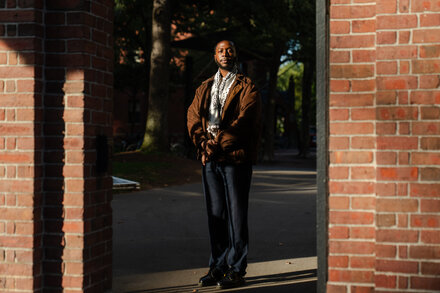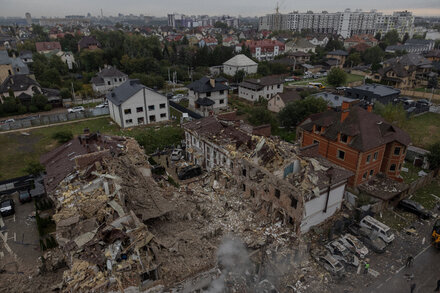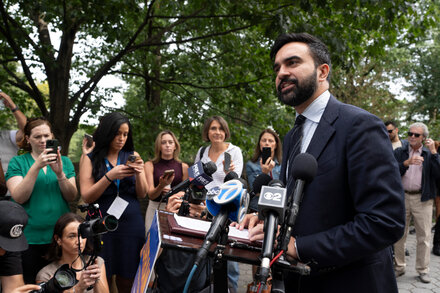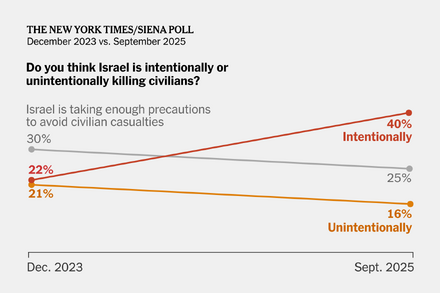
A recent “die-in” protest on Harvard University’s campus has ignited a fervent debate across the institution and beyond, pitting advocates for free expression against calls for maintaining campus order and disciplinary action. The demonstration, which saw students simulate casualties to protest the ongoing conflict in Gaza and highlight the plight of Palestinians, quickly escalated into a wider discussion about the boundaries of protest and the appropriate consequences for participants.
The protest involved dozens of students lying motionless in a public space on campus, some draped in sheets or symbolic shrouds, while others held signs and chanted slogans critical of Israeli actions and Harvard’s perceived inaction. Organizers stated their intent was to visually represent the human cost of the conflict and compel the university to divest from companies they claim support the war effort.
Following the demonstration, university administrators initiated disciplinary proceedings against some student participants, citing violations of campus policies regarding unauthorized gatherings and disruptions. This move has drawn sharp criticism from student groups and faculty members who argue that such actions stifle legitimate forms of dissent and infringe upon the fundamental right to protest.
Supporters of the university’s stance contend that while free speech is a cornerstone of academic life, it is not absolute and must be balanced with the need to ensure a safe and non-disruptive environment for all members of the community. They emphasize that protests, regardless of their cause, must adhere to established guidelines and that disciplinary measures are necessary to uphold institutional integrity.
Conversely, those opposing the disciplinary actions argue that “die-ins” are a historically recognized and powerful form of non-violent protest, specifically designed to be disruptive to draw attention to urgent humanitarian issues. They point to concerns that punitive measures could create a chilling effect, discouraging students from engaging in critical political discourse on campus.
The incident has prompted broader discussions within the Harvard community about the role of a university in contentious global events, the extent of student activism, and the consistent application of protest policies. As disciplinary processes unfold, the outcome is anticipated to set a precedent for future demonstrations and the administration’s approach to student dissent.
Source: Read the original article here.





